BR41N.IO - The BMI Hackathon at IEEE SMC 2019
BR41N.IO is a brainstorming and collaborative marathon designed to be a learning experience for developers, technologists, engineers, students, artists, and scientists who cram and build brain-computer interface (BCI) applications together in teams. By putting creative minds from multiple disciplines together for a short period of time, BCI-related applications not readily thought of can be discovered and uncovered.
There are several predefined projects at the BR41N.IO Designers' Hackathon, which the participants can choose to work on. Below, the projects are described in detail including hard- and software specifications as well as the number of possible participants for each project. The Unicorn Brain Interface and the Unicorn Suite application are mostly used to realize BR41N.IO projects. However, additional software should already be installed on your personal laptop before you come to the hackathon.
Read more: IEEE SMC 2019 Conference
Who can participate?
Anyone can participate who has interests in BMI, BCI, robotics, AR, VR, machine learning, computing, sensors, human-machine interface systems, control, signal processing, big data, haptics, rehabilitation, and similar areas. Participants do not have to be a BMI expert to participate on a team! Interdisciplinary teams with a combination of BMI and non-BMI skills are often successful in building solutions and producing working prototypes.
Can I submit a different project?
Professional teams can also participate to develop applications during the BR41N.IO Designers' Hackathon to demonstrate full potential of some of the sponsored hardware/software. If you are looking for team members, your project will be included among the BR41N.IO projects below where people can apply for it. Submit your project to contact@br41n.io.
What's in there for me?
Be creative, think outside the box. The BR41N.IO Designers' Hackathon is fun and gets you to network and collaborate with other Geeks. The best BR41N.IO projects will be awarded with cash prizes:
- BR41N.IO IEEE Brain Prize: $ 1,000
- BR41N.IO IEEE SMC Prize: $ 1,000
- BR41N.IO Intheon Prize: $ 1,000
HACKATHON JURY
HACKATHON SCHEDULE
Location: Sheraton Roof Garden
Sunday, October 6
| 9:00–10:00 | BR41N.IO Press Conference Maria Pia Fanti, Politecnico di Bari Michael Smith, UC Berkeley Tiago Falk, INRS-EMT Christoph Guger, g.tec |
| 10:00–10:30 | Welcome |
| 10:30–11:00 | Current and future applications of brain-computer interfaces Christoph Guger |
| 11:00–11:30 | How to run a real-time BCI application Christoph Guger |
| 11:30–12:00 | Unicorn Brain Interface Demonstration Martin Walchshofer |
| 12:00–13:00 | Group formation |
| 13:00 | START BR41N.IO |
| 15:00–15:45 | BCI for Interacting with Robots Josè M. Azorin |
| 24:00 | BR41N.IO NIGHT BREAK |
Monday, October 7
| 6:00 | START BR41N.IO |
| 12:00–12:45 | BCI for Assessment of Patients Rossella Spataro |
| 14:00 | END BR41N.IO |
| 15:00–17:00 | Project presentations |
| 17:00–17:30 | Meeting Hackathon Jury |
| 17:30–18:00 | BR41N.IO Ceremony Ljiljana Trajkovic, IEEE Director and SMC Award Chair |
| 18:30–20:30 | BR41N.IO Winner Presentations Reception Area |
PROGRAMMING PROJECTS
Unibrowser
Create a predictive application inspired by the Akinator game. Users will answer yes/no questions on a destination they have chosen while using the Unicorn Hybrid Black. The application tries then to guess the chosen destination based on EEG.
soft-/hardware: Unicorn Hybrid Black, Unicorn Speller
participants: 1 group, 3-5 people per group
Skills: Python, basic programming skills
Unity Rehab
Create a Unity based game that can be used for rehabilitation purposes.
soft-/hardware: Unicorn Hybrid Black, Unity
participants: 4 groups, 3-5 people per group
Skills: Basic programming skills (Matlab, Simulink), Basic graphics programming with Unity
Music with the (Melo)Mind
Create your own EEG MIDI controller to generate musical notes with a Melomind headset. This Brain-Computer Music Interface project does not require any musical skills.
soft-/hardware specifications: Melomind headset, Android studio, OSC receiver software (OSCulator, music software
participants: 2 groups, 3-5 people per group
skills: Basic programming skills (Java)
Unicorn Sphero
The Unicorn Hybrid Black offers the Unicorn Speller application that allows you to control a robotic ball called Sphero. Watch the video Unicorn Sphero.
soft-/hardware: Unicorn Hybrid Black, Unicorn Sphero, Sphero robot
participants: 2 groups, 3-5 people per group
skills: Basic programming skills (C#)
Flight Control
The Unicorn Hybrid Black comes with the Unicorn Speller which allows you to fly your own drone with the brain only.
soft-/hardware: Unicorn Hybrid Black, Unicorn Speller, bring your own drone or use Unity instead
participants: 2 groups, 3-5 people per group
skills: Basic programming skills (Java)
fNIRS and EEG Control
The team can use fNIRS (functional near-infrared spectroscopy) and EEG simultaneously to control BCI applications.
soft-/hardware: g.Nautilus fNIRS
participants: 1 group, 3-5 people per group
skills: Basic programming skills (Matlab, Simulink)
Unity Games
Create your own Unity game that can be controlled with a Unicorn Hybrid Black.
soft-/hardware: Unicorn Hybrid Black, Unicorn Suite, Unity
participants: 4 groups, 3-5 people per group
Skills: Basic programming skills (Matlab, Simulink), Basic graphics programming with Unity
THAT WAS BARI 2019. THANK YOU!
IEEE BRAIN WINNER
Unibrowser
The team used an SSVEP based BCI in order to control Netflix and to make the decision process easier.
Team members: Wei Li, Moritz Moeller, Michael Golden, James Wilsenach
1. PLACE WINNER
Mind the Monkey
The team developed a computer game for ADHD children to train their attendion with BCI technology.
Team members: Dario Gaetano Lombardi, Alessandro Maria Romano, Martina Angela Vurro, Paolo Ginefra, Pinar Bilgi
2. PLACE WINNER
Bring IT
The team developed a BCI system in order to control a drone with video surveillance function.
Team members: Monte Daniele, Macchiarulo Nicola, Salzedo Marco
3. PLACE WINNER
Mind Chasers
The team created an application where they can use a drone as an assistive technology which allows them to chase and discover objects.
Team members: Yu Xiaoran, Abdelkader Nasreddine Belkacem, Sara Saeed Saif Al Dhaheri, Rauda Jasem Khalifa Al Nuaimi, Fatima Ali Mohammed Mohammed Al-Nuaim
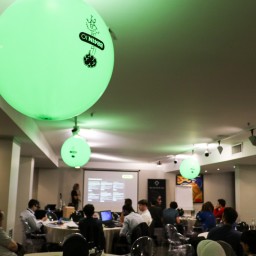 BR41N IO-Bari-2019-web-7
BR41N IO-Bari-2019-web-7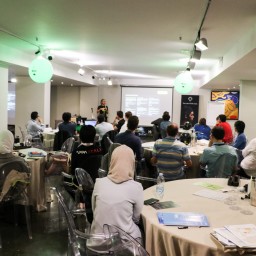 BR41N IO-Bari-2019-web-4
BR41N IO-Bari-2019-web-4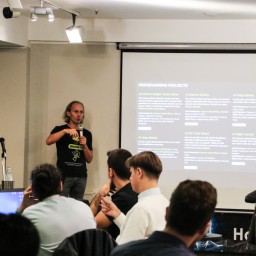 BR41N IO-Bari-2019-web-5
BR41N IO-Bari-2019-web-5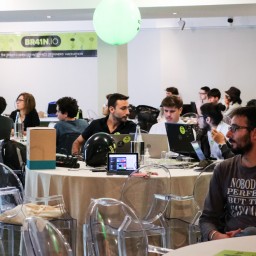 BR41N IO-Bari-2019-web-11
BR41N IO-Bari-2019-web-11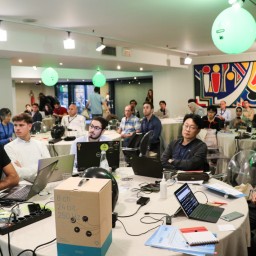 BR41N IO-Bari-2019-web-15
BR41N IO-Bari-2019-web-15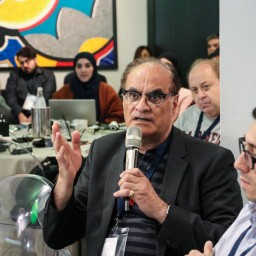 BR41N IO-Bari-2019-web-12
BR41N IO-Bari-2019-web-12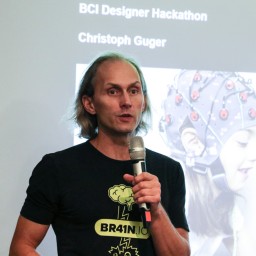 BR41N IO-Bari-2019-web-13
BR41N IO-Bari-2019-web-13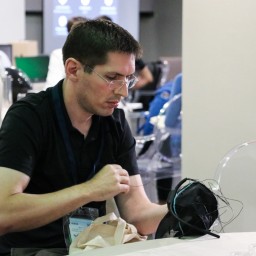 BR41N IO-Bari-2019-web-8
BR41N IO-Bari-2019-web-8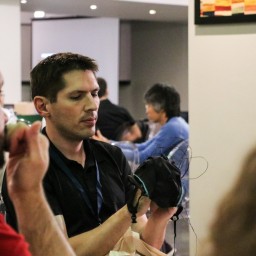 BR41N IO-Bari-2019-web-9
BR41N IO-Bari-2019-web-9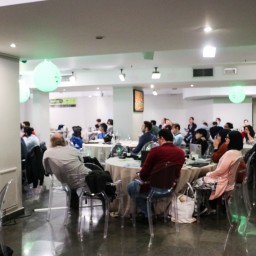 BR41N IO-Bari-2019-web-6
BR41N IO-Bari-2019-web-6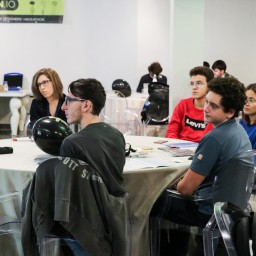 BR41N IO-Bari-2019-web-14
BR41N IO-Bari-2019-web-14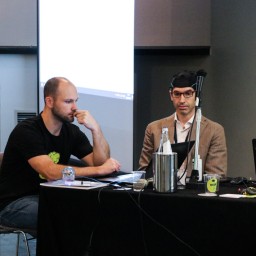 BR41N IO-Bari-2019-web-17
BR41N IO-Bari-2019-web-17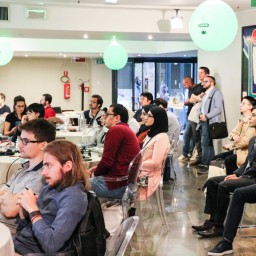 BR41N IO-Bari-2019-web-10
BR41N IO-Bari-2019-web-10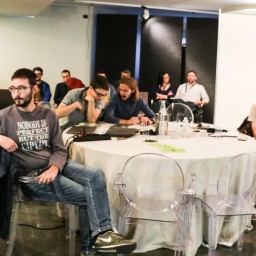 BR41N IO-Bari-2019-web-16
BR41N IO-Bari-2019-web-16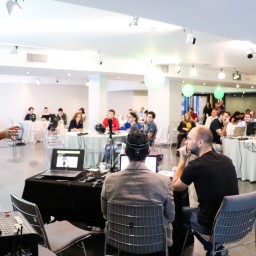 BR41N IO-Bari-2019-web-21
BR41N IO-Bari-2019-web-21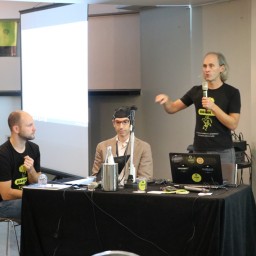 BR41N IO-Bari-2019-web-18
BR41N IO-Bari-2019-web-18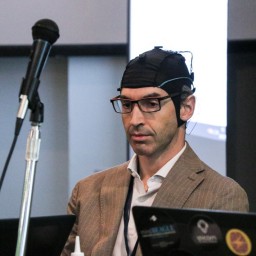 BR41N IO-Bari-2019-web-19
BR41N IO-Bari-2019-web-19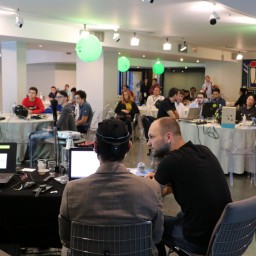 BR41N IO-Bari-2019-web-20
BR41N IO-Bari-2019-web-20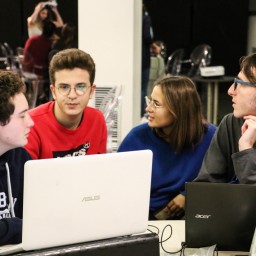 BR41N IO-Bari-2019-web-26
BR41N IO-Bari-2019-web-26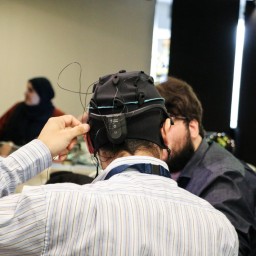 BR41N IO-Bari-2019-web-27
BR41N IO-Bari-2019-web-27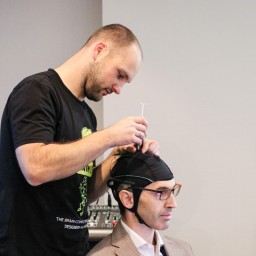 BR41N IO-Bari-2019-web-23
BR41N IO-Bari-2019-web-23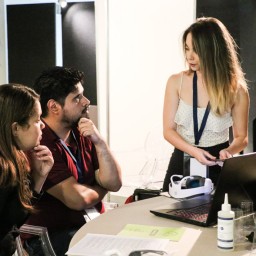 BR41N IO-Bari-2019-web-28
BR41N IO-Bari-2019-web-28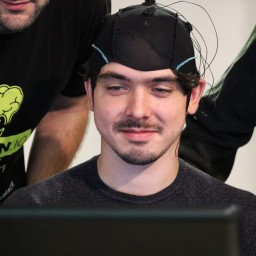 BR41N IO-Bari-2019-web-25
BR41N IO-Bari-2019-web-25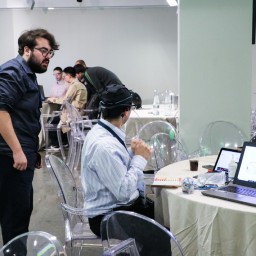 BR41N IO-Bari-2019-web-29
BR41N IO-Bari-2019-web-29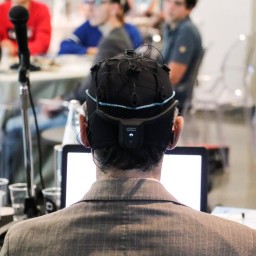 BR41N IO-Bari-2019-web-22
BR41N IO-Bari-2019-web-22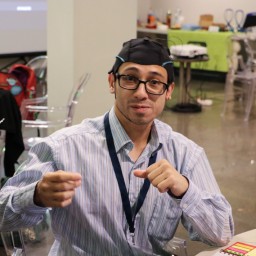 BR41N IO-Bari-2019-web-31
BR41N IO-Bari-2019-web-31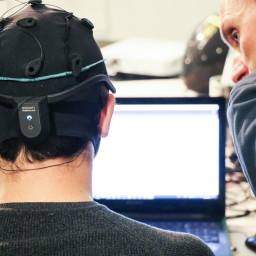 BR41N IO-Bari-2019-web-33
BR41N IO-Bari-2019-web-33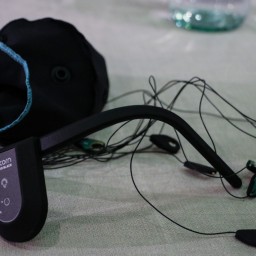 BR41N IO-Bari-2019-web-32
BR41N IO-Bari-2019-web-32 BR41N IO-Bari-2019-web-38
BR41N IO-Bari-2019-web-38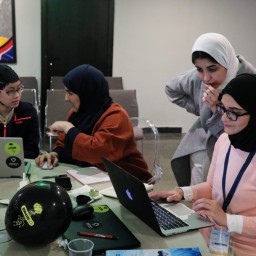 BR41N IO-Bari-2019-web-36
BR41N IO-Bari-2019-web-36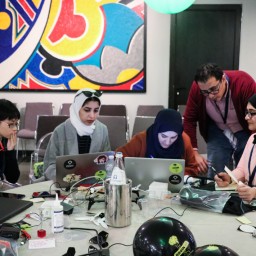 BR41N IO-Bari-2019-web-30
BR41N IO-Bari-2019-web-30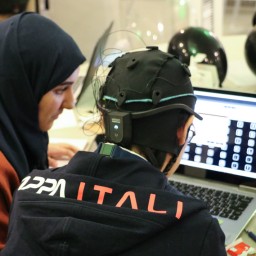 BR41N IO-Bari-2019-web-37
BR41N IO-Bari-2019-web-37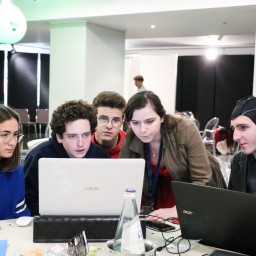 BR41N IO-Bari-2019-web-39
BR41N IO-Bari-2019-web-39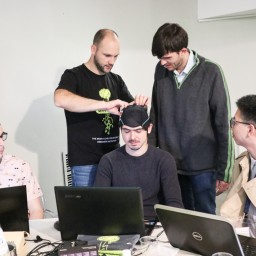 BR41N IO-Bari-2019-web-24
BR41N IO-Bari-2019-web-24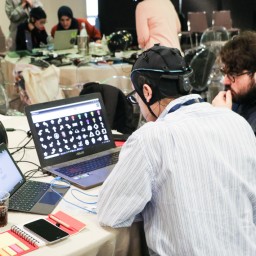 BR41N IO-Bari-2019-web-41
BR41N IO-Bari-2019-web-41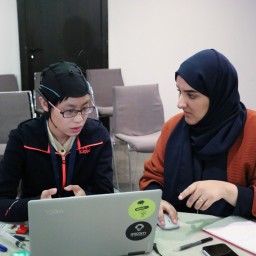 BR41N IO-Bari-2019-web-35
BR41N IO-Bari-2019-web-35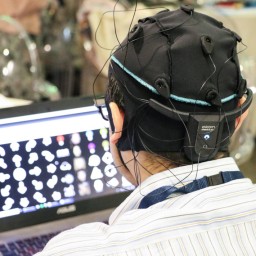 BR41N IO-Bari-2019-web-42
BR41N IO-Bari-2019-web-42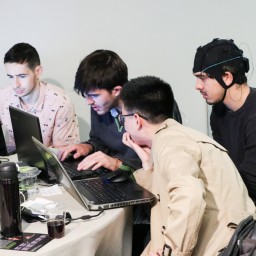 BR41N IO-Bari-2019-web-40
BR41N IO-Bari-2019-web-40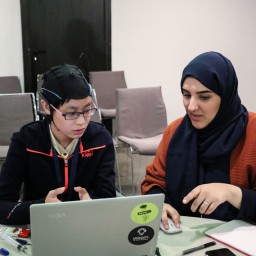 BR41N IO-Bari-2019-web-34
BR41N IO-Bari-2019-web-34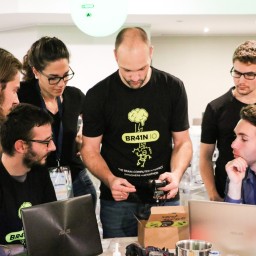 BR41N IO-Bari-2019-web-46
BR41N IO-Bari-2019-web-46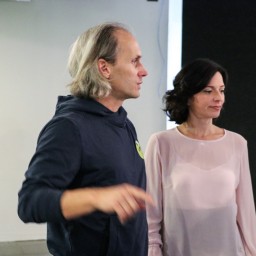 BR41N IO-Bari-2019-web-43
BR41N IO-Bari-2019-web-43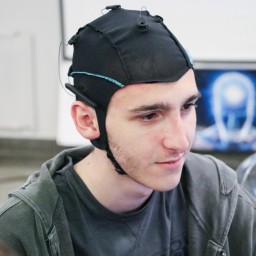 BR41N IO-Bari-2019-web-49
BR41N IO-Bari-2019-web-49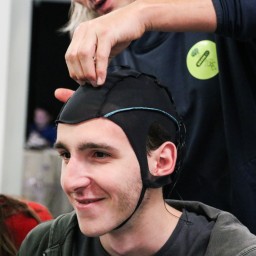 BR41N IO-Bari-2019-web-51
BR41N IO-Bari-2019-web-51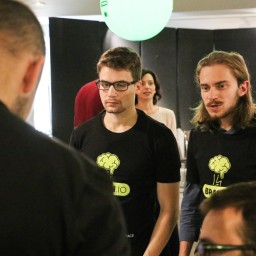 BR41N IO-Bari-2019-web-44
BR41N IO-Bari-2019-web-44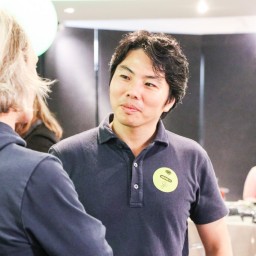 BR41N IO-Bari-2019-web-47
BR41N IO-Bari-2019-web-47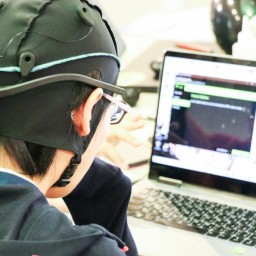 BR41N IO-Bari-2019-web-48
BR41N IO-Bari-2019-web-48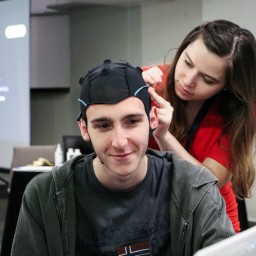 BR41N IO-Bari-2019-web-54
BR41N IO-Bari-2019-web-54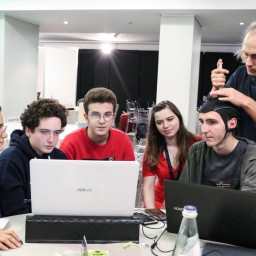 BR41N IO-Bari-2019-web-53
BR41N IO-Bari-2019-web-53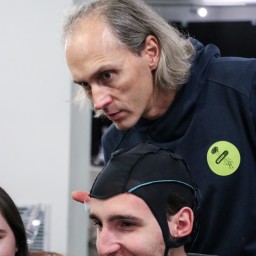 BR41N IO-Bari-2019-web-52
BR41N IO-Bari-2019-web-52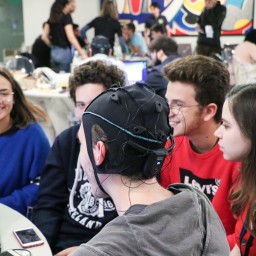 BR41N IO-Bari-2019-web-50
BR41N IO-Bari-2019-web-50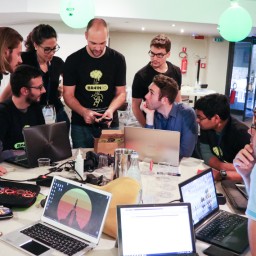 BR41N IO-Bari-2019-web-45
BR41N IO-Bari-2019-web-45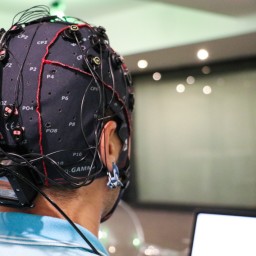 BR41N IO-Bari-2019-web-59
BR41N IO-Bari-2019-web-59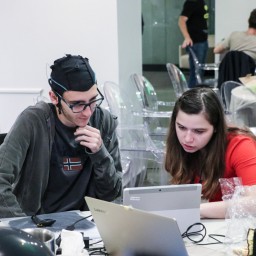 BR41N IO-Bari-2019-web-57
BR41N IO-Bari-2019-web-57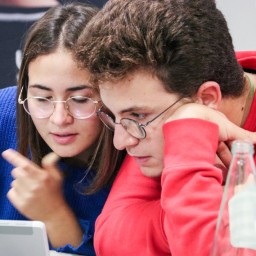 BR41N IO-Bari-2019-web-60
BR41N IO-Bari-2019-web-60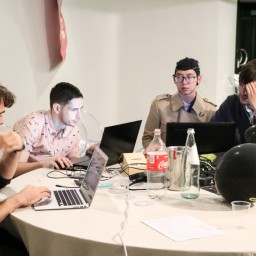 BR41N IO-Bari-2019-web-61
BR41N IO-Bari-2019-web-61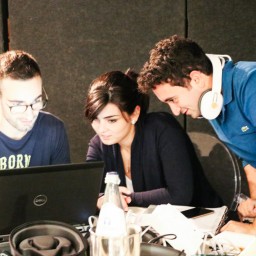 BR41N IO-Bari-2019-web-58
BR41N IO-Bari-2019-web-58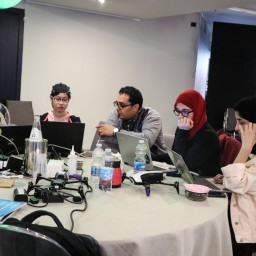 BR41N IO-Bari-2019-web-67
BR41N IO-Bari-2019-web-67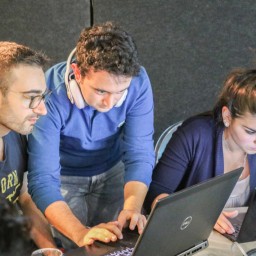 BR41N IO-Bari-2019-web-55
BR41N IO-Bari-2019-web-55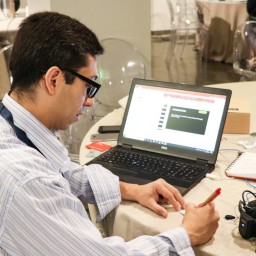 BR41N IO-Bari-2019-web-66
BR41N IO-Bari-2019-web-66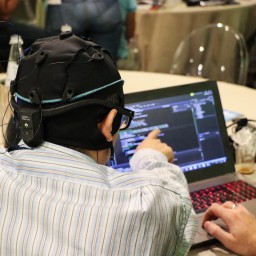 BR41N IO-Bari-2019-web-62
BR41N IO-Bari-2019-web-62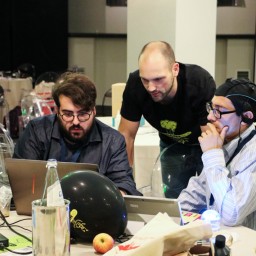 BR41N IO-Bari-2019-web-64
BR41N IO-Bari-2019-web-64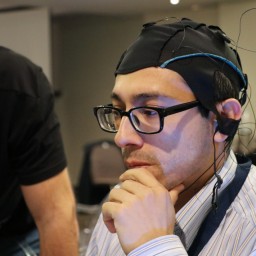 BR41N IO-Bari-2019-web-65
BR41N IO-Bari-2019-web-65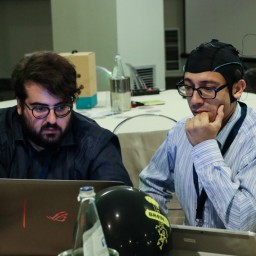 BR41N IO-Bari-2019-web-56
BR41N IO-Bari-2019-web-56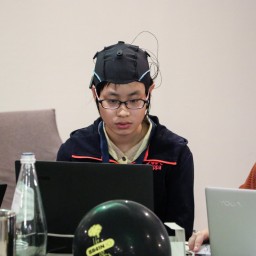 BR41N IO-Bari-2019-web-63
BR41N IO-Bari-2019-web-63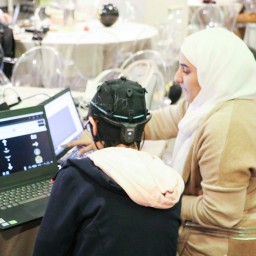 BR41N IO-Bari-2019-web-68
BR41N IO-Bari-2019-web-68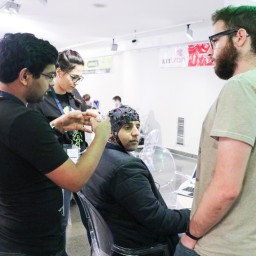 BR41N IO-Bari-2019-web-69
BR41N IO-Bari-2019-web-69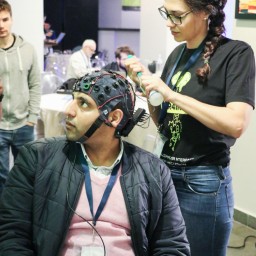 BR41N IO-Bari-2019-web-70
BR41N IO-Bari-2019-web-70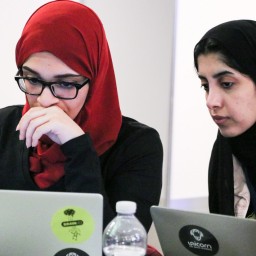 BR41N IO-Bari-2019-web-73
BR41N IO-Bari-2019-web-73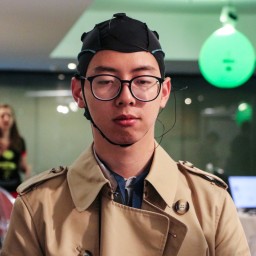 BR41N IO-Bari-2019-web-78
BR41N IO-Bari-2019-web-78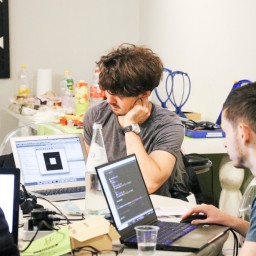 BR41N IO-Bari-2019-web-72
BR41N IO-Bari-2019-web-72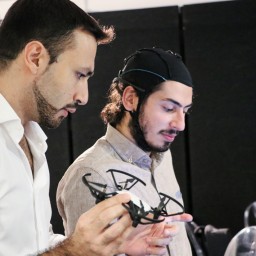 BR41N IO-Bari-2019-web-76
BR41N IO-Bari-2019-web-76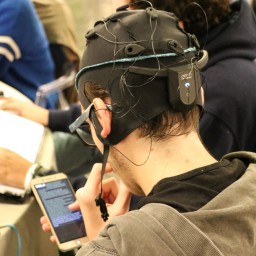 BR41N IO-Bari-2019-web-77
BR41N IO-Bari-2019-web-77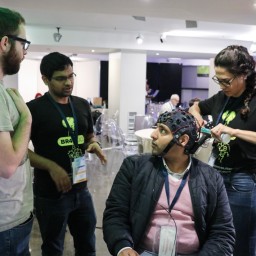 BR41N IO-Bari-2019-web-71
BR41N IO-Bari-2019-web-71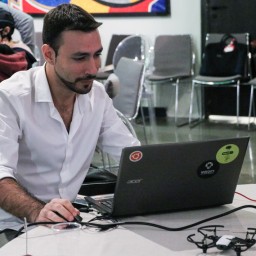 BR41N IO-Bari-2019-web-80
BR41N IO-Bari-2019-web-80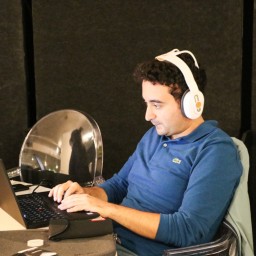 BR41N IO-Bari-2019-web-79
BR41N IO-Bari-2019-web-79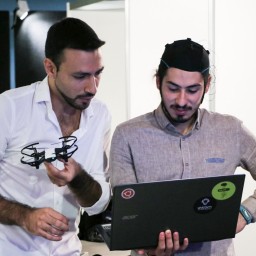 BR41N IO-Bari-2019-web-75
BR41N IO-Bari-2019-web-75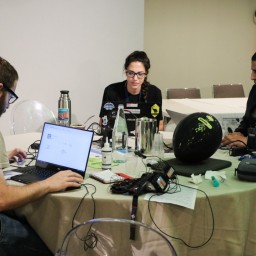 BR41N IO-Bari-2019-web-82
BR41N IO-Bari-2019-web-82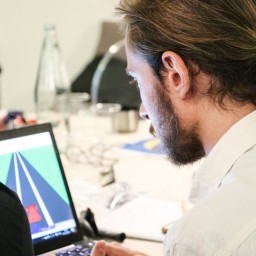 BR41N IO-Bari-2019-web-81
BR41N IO-Bari-2019-web-81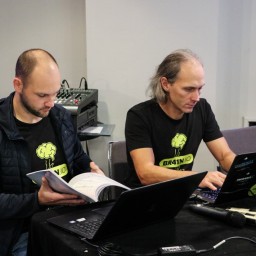 BR41N IO-Bari-2019-web-74
BR41N IO-Bari-2019-web-74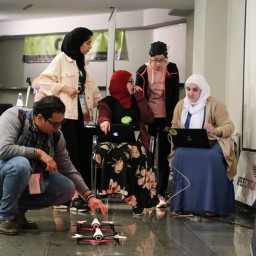 BR41N IO-Bari-2019-web-83
BR41N IO-Bari-2019-web-83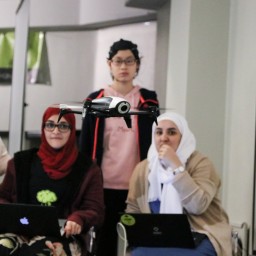 BR41N IO-Bari-2019-web-85
BR41N IO-Bari-2019-web-85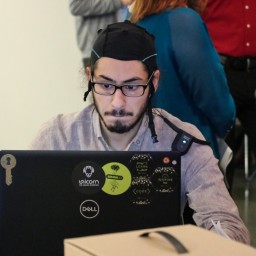 BR41N IO-Bari-2019-web-86
BR41N IO-Bari-2019-web-86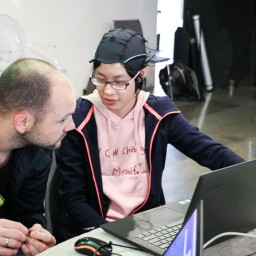 BR41N IO-Bari-2019-web-88
BR41N IO-Bari-2019-web-88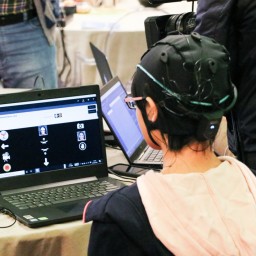 BR41N IO-Bari-2019-web-87
BR41N IO-Bari-2019-web-87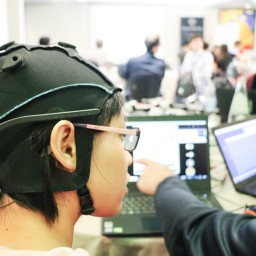 BR41N IO-Bari-2019-web-89
BR41N IO-Bari-2019-web-89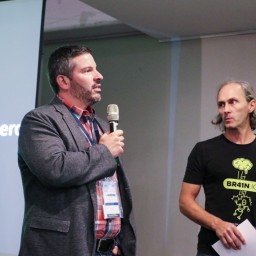 BR41N IO-Bari-2019-web-92
BR41N IO-Bari-2019-web-92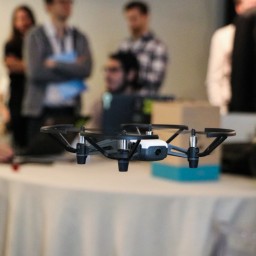 BR41N IO-Bari-2019-web-91
BR41N IO-Bari-2019-web-91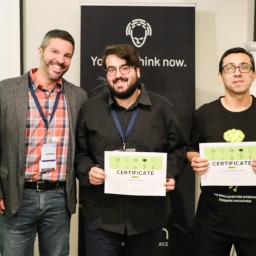 BR41N IO-Bari-2019-web-93
BR41N IO-Bari-2019-web-93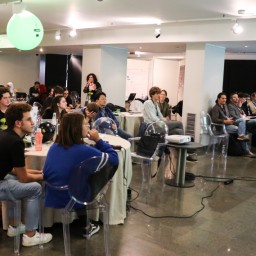 BR41N IO-Bari-2019-web-94
BR41N IO-Bari-2019-web-94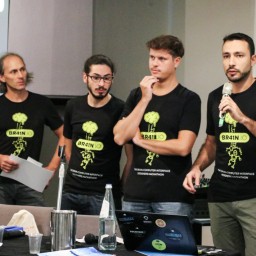 BR41N IO-Bari-2019-web-95
BR41N IO-Bari-2019-web-95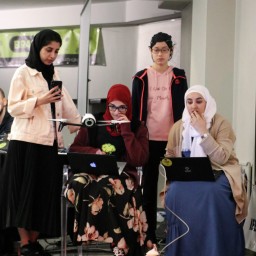 BR41N IO-Bari-2019-web-84
BR41N IO-Bari-2019-web-84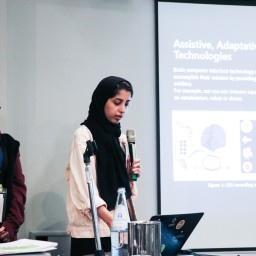 BR41N IO-Bari-2019-web-97
BR41N IO-Bari-2019-web-97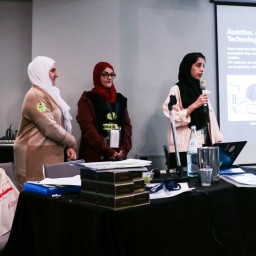 BR41N IO-Bari-2019-web-98
BR41N IO-Bari-2019-web-98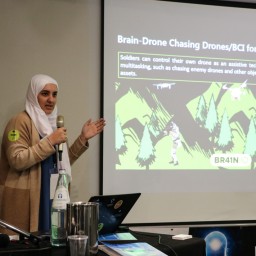 BR41N IO-Bari-2019-web-99
BR41N IO-Bari-2019-web-99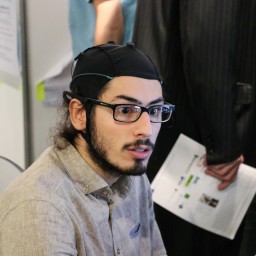 BR41N IO-Bari-2019-web-90
BR41N IO-Bari-2019-web-90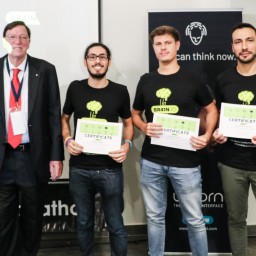 BR41N IO-Bari-2019-web-96
BR41N IO-Bari-2019-web-96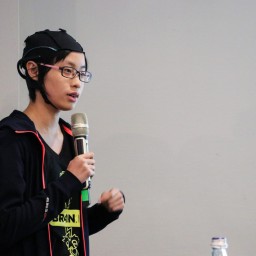 BR41N IO-Bari-2019-web-100
BR41N IO-Bari-2019-web-100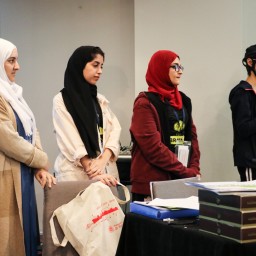 BR41N IO-Bari-2019-web-101
BR41N IO-Bari-2019-web-101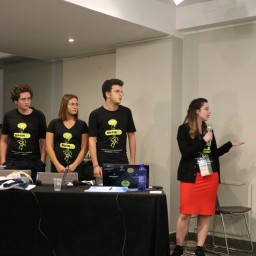 BR41N IO-Bari-2019-web-104
BR41N IO-Bari-2019-web-104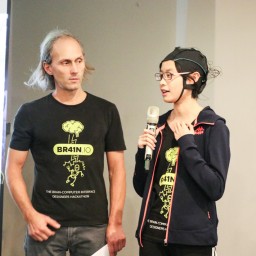 BR41N IO-Bari-2019-web-102
BR41N IO-Bari-2019-web-102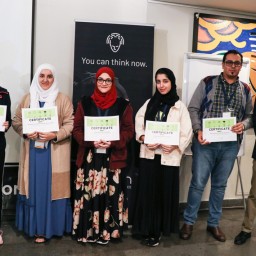 BR41N IO-Bari-2019-web-103
BR41N IO-Bari-2019-web-103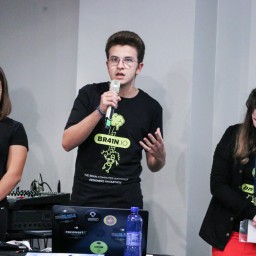 BR41N IO-Bari-2019-web-105
BR41N IO-Bari-2019-web-105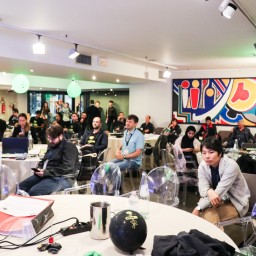 BR41N IO-Bari-2019-web-107
BR41N IO-Bari-2019-web-107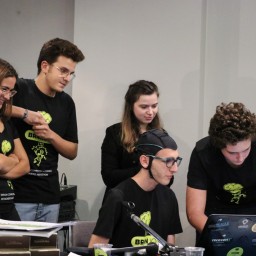 BR41N IO-Bari-2019-web-106
BR41N IO-Bari-2019-web-106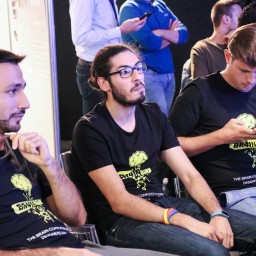 BR41N IO-Bari-2019-web-108
BR41N IO-Bari-2019-web-108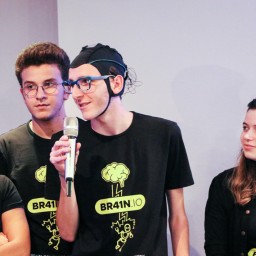 BR41N IO-Bari-2019-web-109
BR41N IO-Bari-2019-web-109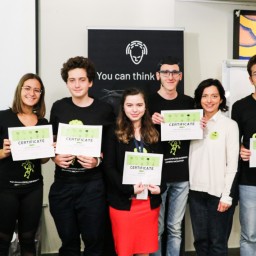 BR41N IO-Bari-2019-web-110
BR41N IO-Bari-2019-web-110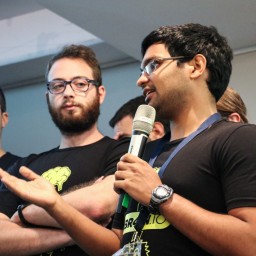 BR41N IO-Bari-2019-web-113
BR41N IO-Bari-2019-web-113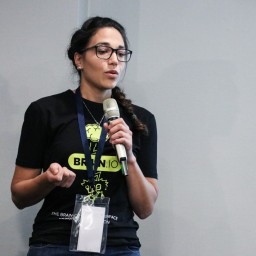 BR41N IO-Bari-2019-web-111
BR41N IO-Bari-2019-web-111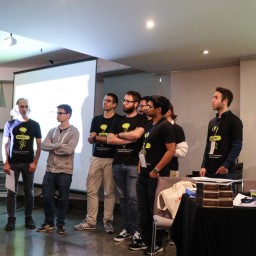 BR41N IO-Bari-2019-web-112
BR41N IO-Bari-2019-web-112 BR41N IO-Bari-2019-web-114
BR41N IO-Bari-2019-web-114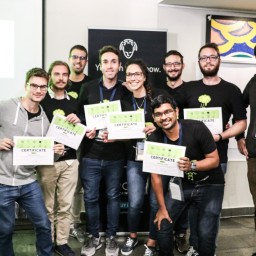 BR41N IO-Bari-2019-web-115
BR41N IO-Bari-2019-web-115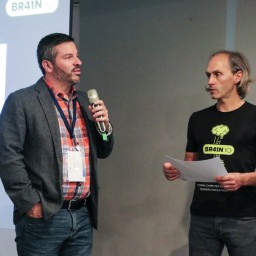 BR41N IO-Bari-2019-web-116
BR41N IO-Bari-2019-web-116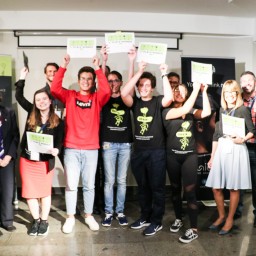 BR41N IO-Bari-2019-web-132
BR41N IO-Bari-2019-web-132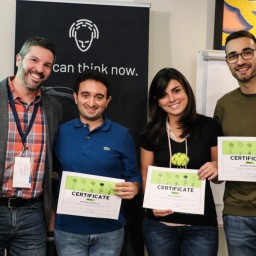 BR41N IO-Bari-2019-web-117
BR41N IO-Bari-2019-web-117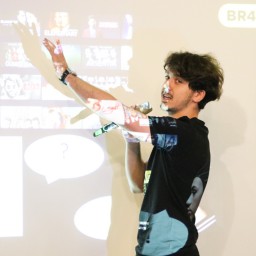 BR41N IO-Bari-2019-web-118
BR41N IO-Bari-2019-web-118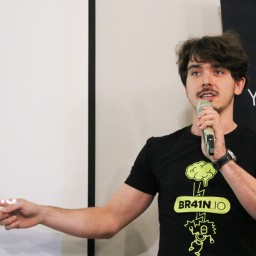 BR41N IO-Bari-2019-web-119
BR41N IO-Bari-2019-web-119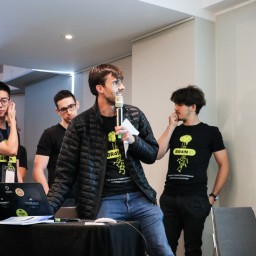 BR41N IO-Bari-2019-web-121
BR41N IO-Bari-2019-web-121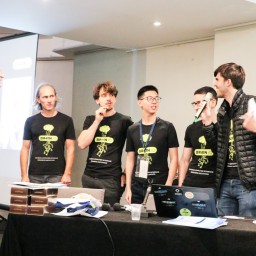 BR41N IO-Bari-2019-web-122
BR41N IO-Bari-2019-web-122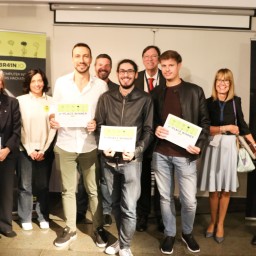 BR41N IO-Bari-2019-web-135
BR41N IO-Bari-2019-web-135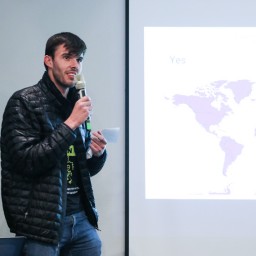 BR41N IO-Bari-2019-web-120
BR41N IO-Bari-2019-web-120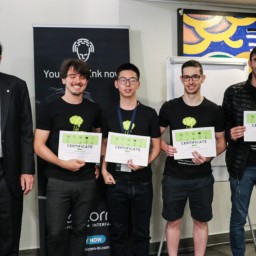 BR41N IO-Bari-2019-web-123
BR41N IO-Bari-2019-web-123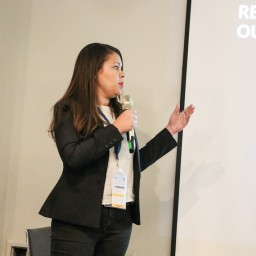 BR41N IO-Bari-2019-web-124
BR41N IO-Bari-2019-web-124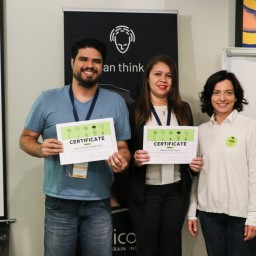 BR41N IO-Bari-2019-web-125
BR41N IO-Bari-2019-web-125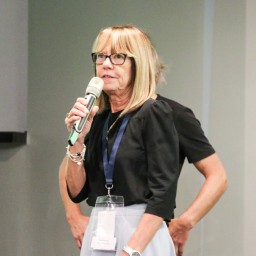 BR41N IO-Bari-2019-web-126
BR41N IO-Bari-2019-web-126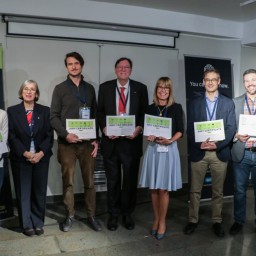 BR41N IO-Bari-2019-web-127
BR41N IO-Bari-2019-web-127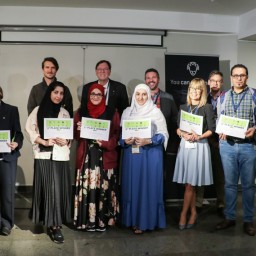 BR41N IO-Bari-2019-web-129
BR41N IO-Bari-2019-web-129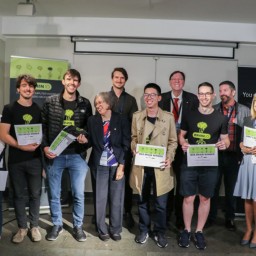 BR41N IO-Bari-2019-web-128
BR41N IO-Bari-2019-web-128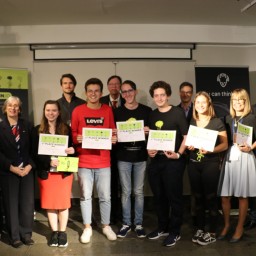 BR41N IO-Bari-2019-web-130
BR41N IO-Bari-2019-web-130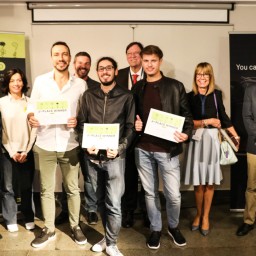 BR41N IO-Bari-2019-web
BR41N IO-Bari-2019-web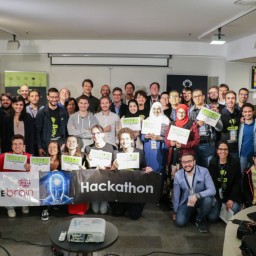 BR41N IO-Bari-2019-web-133
BR41N IO-Bari-2019-web-133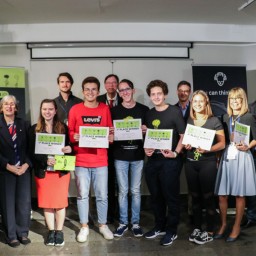 BR41N IO-Bari-2019-web-131
BR41N IO-Bari-2019-web-131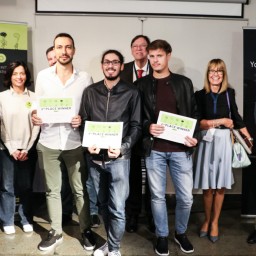 BR41N IO-Bari-2019-web-134
BR41N IO-Bari-2019-web-134













